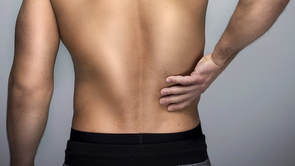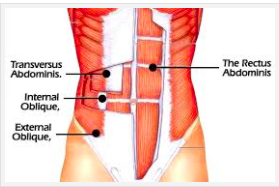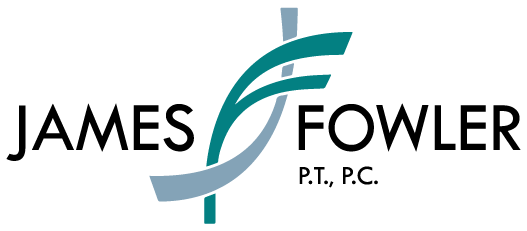
(5) Stack.com
The core of the apple is not the best or most delicious part, but it is definitely integral to the structure of the fruit. It keeps the skin and meat of that scrumptious Pink Lady that you’re biting into together, as a whole.
The same could be said of your body’s core, or core muscles-that is. The bones of the spine provide the supporting frame for the back much like the innards of the apple. Connected to this frame is an intricate system of muscles and ligaments that increase the strength and stability of the spine, arms and legs. (1) Our core, composed of the spine and these muscles, keeps our bodies together, as a whole.
More on the Core

(2) Core-Centric
The key muscles that maintain stability in the body are the rectus abdominis muscles (“abs”) at the front of your abdomen, and the internal and external obliques, layered one on top of the other in the front and side of the abdomen. (3)
The transversus abdominis muscles is also important. As the name suggests, these muscles run horizontally across your lower abdomen or lower abs. Strengthening all of these muscles reduces the strain on your back and helps relieve or prevent back pain. A strong core also helps your balance, which prevents falls and enables you to exercise and conduct daily activities from lifting a heavy box to going up stairs.
When the center of your body, your core is strong, you are able to move more as a unit with more efficiency, with less pain, and with increased fluidity.
Here are some ways that your daily life can be positively affected by an increased awareness and strength of your center and its adjoining muscles:
- Reduced likelihood of back pain episodes
- Reduced severity of back pain
- Protection against injury by responding better to stresses
- Assistance in avoiding back surgery (in some cases)
- Facilitated healing from a back problem or from surgery
- Improvement in posture
Exercising Can Help!
Not only does awareness of the core and its muscles help to alleviate back pain and potential injury, but exercising and moving the body can help as well-especially with maintaining mobility.
Different exercises can focus on different areas of the spine and the back. Physical Therapy, as we have seen with other pains along the spine, can address what areas you need to focus on when creating an exercise program. Therapists, like those at James Fowler, will look at the Extensors (back and gluteal muscles), the Flexors (abdominal and iliopsoas muscles), and the Obliques (paraspinal, side muscles) and note where the structure of your spine and core can be reinforced. (1)
In a post on the Importance of the Core, the Plank was noted as an example of an exercise that draws attention to and works the core. (4)
- Lie on stomach with your elbows directly under your shoulders and toes tucked in.
- Lift up your body, creating a straight line from your head to your feet. Make sure your shoulder blades are drawn together, your hips are not lifted too high or dropped towards the mat, and your lower abdominals are engaged.
- Reach out through your heels to help you feel the length of your body.
Maintain the position for the 15-30 seconds.
Now, the next time you are gazing at the Granny Smith apples at Trader Joe’s, take note of your core, your center. It is the key to living a life of increased movement fluidity and decreased pain.
- Veritashealth.com (https://www.spine-health.com/wellness/exercise/back-exercises-and-abdominal-exercise-recommendations) 1999-2018
- Core-Centric (http://coreevolutionpb.com/blog/did-you-know-wednesday-oblique-muscles/) 2018
- Harvard University (https://www.health.harvard.edu/newsletter_article/avoid-back-pain-and-improve-balance-by-strengthening-core-muscles) 2010-2018.
- James Fowler Physical Therapy (https://jamesfowlerpt.com/the-importance-of-core-part-4/importance-of-core-part-4). 2016-2018
- Stack.com (http://www.stack.com/a/6-upper-back-stretches-that-improve-mobility-and-reduce-pain)
